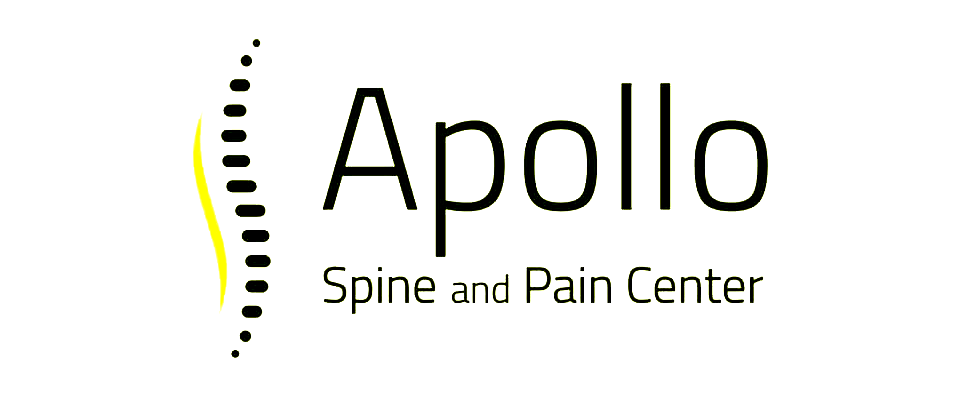Breakthroughs in Treating Phantom Limb Pain with Modern Pain Management
Phantom limb pain (PLP) is a perplexing and distressing condition experienced by many amputees. It refers to the sensation of pain that seems to emanate from a limb that is no longer there. This pain can be severe and can significantly affect an individual’s quality of life. Despite the limb's absence, the pain is very real and can manifest in various forms such as burning, twisting, or shooting sensations. Understanding the underlying causes and mechanisms of phantom limb pain is crucial in devising effective treatment strategies.
The phenomenon of phantom limb pain arises due to complex interactions between the peripheral and central nervous systems. After an amputation, the brain and spinal cord continue to receive signals from nerves that originally carried impulses from the missing limb. These disorganized signals can confuse the nervous system, resulting in the perception of pain. Factors such as the type of amputation, preexisting pain in the amputated limb, and emotional distress can further compound the severity of phantom limb pain.
Advancements in pain management have led to new and promising treatments for phantom limb pain. Modern interventional techniques and the emerging field of regenerative medicine offer hope for more effective and lasting relief. By exploring these innovative approaches, we can better address the unique challenges of phantom limb pain and improve the lives of those affected by it.
Understanding Phantom Limb Pain: Causes and Symptoms
Phantom limb pain occurs when amputees feel pain that seems to come from the amputated limb. This condition arises due to several factors involving the complex interactions between the nervous system and the brain. Neurological mechanisms play a significant role, where the brain continues to receive signals from nerves that originally connected to the absent limb. These signals can become disorganized and lead to a sensation of pain.
Several symptoms characterize phantom limb pain. Patients often experience a wide range of painful sensations, such as burning, stabbing, or cramping. These sensations can vary in intensity and duration, often leading to significant discomfort. Factors like psychological stress, changes in weather, and physical activity can exacerbate the pain. It is essential for patients to accurately describe their symptoms to healthcare providers to facilitate effective management and treatment options.
Modern Interventional Pain Management Techniques
Advancements in interventional pain management have furnished several innovative techniques to treat phantom limb pain effectively. These methods aim to modulate the nervous system's response to pain and restore normal function. One such technique is nerve blocks, which involve injecting anesthetic or anti-inflammatory medication directly around the nerves to disrupt pain signals. This procedure can provide temporary relief and help identify more specific areas for further treatment.
Spinal cord stimulation is another promising method in managing phantom limb pain. In this procedure, a device is implanted near the spinal cord to send electrical impulses that interfere with pain signals before they reach the brain. Patients can control the intensity of these impulses using an external remote, offering personalized pain relief. Additionally, techniques like mirror therapy, where patients use a mirror to visualize the normal and amputated limbs, can help retrain the brain to reduce pain sensations.
These modern techniques offer hope and relief for individuals suffering from phantom limb pain. By targeting the pain at its source and using advanced medical interventions, we can significantly improve the quality of life for those affected.
The Role of Regenerative Medicine in Treating Phantom Limb Pain
Regenerative medicine offers a cutting-edge approach to treating phantom limb pain by focusing on healing and regenerating damaged tissues instead of just masking symptoms. This field uses therapies such as stem cell treatments, platelet-rich plasma (PRP) injections, and other advanced biological therapies to promote tissue repair and nerve healing at the cellular level. These therapies aim to restore normal function and reduce pain signals by encouraging the body’s natural healing processes.
One of the most promising tools in regenerative medicine is stem cell therapy. This treatment involves harvesting the patient's own stem cells, usually from bone marrow or adipose tissue, and injecting them into areas of nerve damage. The stem cells can differentiate into various types of cells needed for repair, helping to regenerate damaged nerves and tissues. Another effective option is PRP therapy, where a concentrated solution of the patient's platelets is injected into the affected area. The growth factors in PRP accelerate healing and reduce inflammation, potentially offering significant pain relief.
By incorporating regenerative medicine into the treatment plan, we can target the underlying issues causing phantom limb pain. This approach doesn’t just provide symptomatic relief but seeks to rebuild and restore nerve function, offering a long-term solution for sufferers.
Benefits and Outcomes of Combining Multiple Pain Management Strategies
Combining multiple pain management strategies brings comprehensive relief to those suffering from phantom limb pain. This multimodal approach ensures that different aspects of the pain are addressed simultaneously, maximizing the chances of effective relief. By integrating interventional techniques, regenerative medicine, and other therapies, we can tailor treatments to individual needs, enhancing effectiveness and patient satisfaction.
Benefits of a combined approach include improved pain relief, reduced reliance on medications, and better overall functionality. Each technique works differently: while nerve blocks provide immediate but temporary relief, regenerative treatments aim for long-term healing. Methods such as spinal cord stimulation offer customizable pain control, allowing patients to manage their pain dynamically. When these methods are used together, they can complement and enhance each other’s effects.
Outcomes from combining multiple strategies often show higher success rates in reducing pain and improving quality of life. Patients can experience less discomfort, greater mobility, and a higher level of daily functioning. This integrative approach also reduces the emotional and psychological impact of chronic pain, providing a holistic treatment plan that addresses both physical and emotional well-being.
Conclusion
Phantom limb pain is a complex and often debilitating condition, but advances in modern pain management provide new hope for effective relief. By understanding the causes and symptoms of phantom limb pain, we can better tailor our treatments. Modern interventional techniques offer immediate relief, while regenerative medicine works on long-term healing by promoting tissue repair and nerve regeneration. Combining these strategies allows us to provide a comprehensive and personalized treatment plan that aims for sustained improvement in patients' quality of life.
The benefits of a multimodal approach cannot be overstated. By integrating different treatment modalities, we enhance their effectiveness and provide a more holistic solution to phantom limb pain. Patients can experience significant pain reduction, improved mobility, and better overall well-being.
If you or someone you know is suffering from phantom limb pain, it's time to explore these advanced treatment options. Contact us today at Apollo Spine and Pain Center to schedule a consultation and discover how our innovative
pain management strategies can transform your life.












